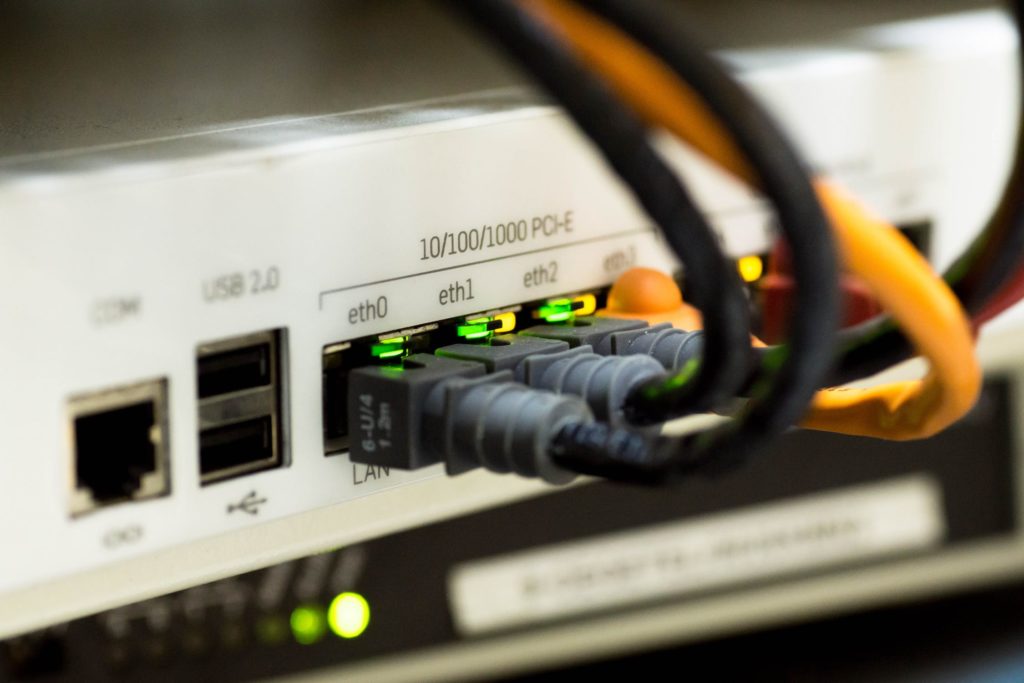
Considering a change of pace from your busy city life? Dreaming of a peaceful countryside home? The horror of sluggish dial-up internet may very well be the only thing standing in your way. High-speed broadband is out of reach for 22 million Americans. That’s 53% of rural America! You may still be cut off from high-speed broadband options if you’re just barely outside city limits.
This doesn’t mean that high-speed internet is out of reach completely. Satellite internet providers offer high-speed internet to anyone and everyone, no matter where you live.
How Does Satellite Internet Work?
Satellite internet uses a wireless relay system between satellites rather than delivering internet to your home through a fixed cable system. One of these satellites is a dish mounted on or near your house. The other is a geostationary satellite located up in space. Geostationary means it remains over the same spot on Earth. Your home satellite dish just needs to point towards the southern sky where the satellite is located. If this is possible, you can create a direct connection to receive uninterrupted high-speed internet.
What You Will Need for Satellite Internet
Setting up your home to receive satellite internet is not a difficult task. First, you’ll need to subscribe to service from a satellite internet provider. Next, someone will have to install a small satellite dish on your property. This typically goes on your roof or on a nearby pole. Your satellite provider should be able to install the dish for you.
Additionally, you will need a modem and a router. A modem connects to your satellite dish and makes internet available to the devices in your home. You will also need a router if you want wireless internet (Wi-Fi). Most modern modems are now 2-in-1 and include a built-in router. This is great because it cuts down on the number of devices cluttering your home.
Your Satellite Internet Options
Currently, there are only two satellite internet providers in the United States: HughesNet and Viasat (formerly Exede). Why so few options? These giants bought up some of the other companies that used to offer these services, like EarthLink and WildBlue. However limited your options, they’re both great choices.
HughesNet recently made huge improvements to their internet speeds and availability. Jumping from top speeds of 15 Mbps in 2016, their services now allow speeds of 25 Mbps. That’s enough to do everything you love online even if the rest of your family is streaming high-definition video on the same network. Plus, HughesNet offers these same speeds on every plan no matter where in the U.S. you are located.
At the moment, Viasat’s satellite internet reaches top speeds of 12 Mbps in most areas of the U.S. The company offers upgrades to speeds that match HughesNet, though this isn’t available in all areas. Notably, Viasat has launched a powerful new satellite system and is actively rolling out their new ViaSat-2 service. This will boost available speeds and expand their service availability.


